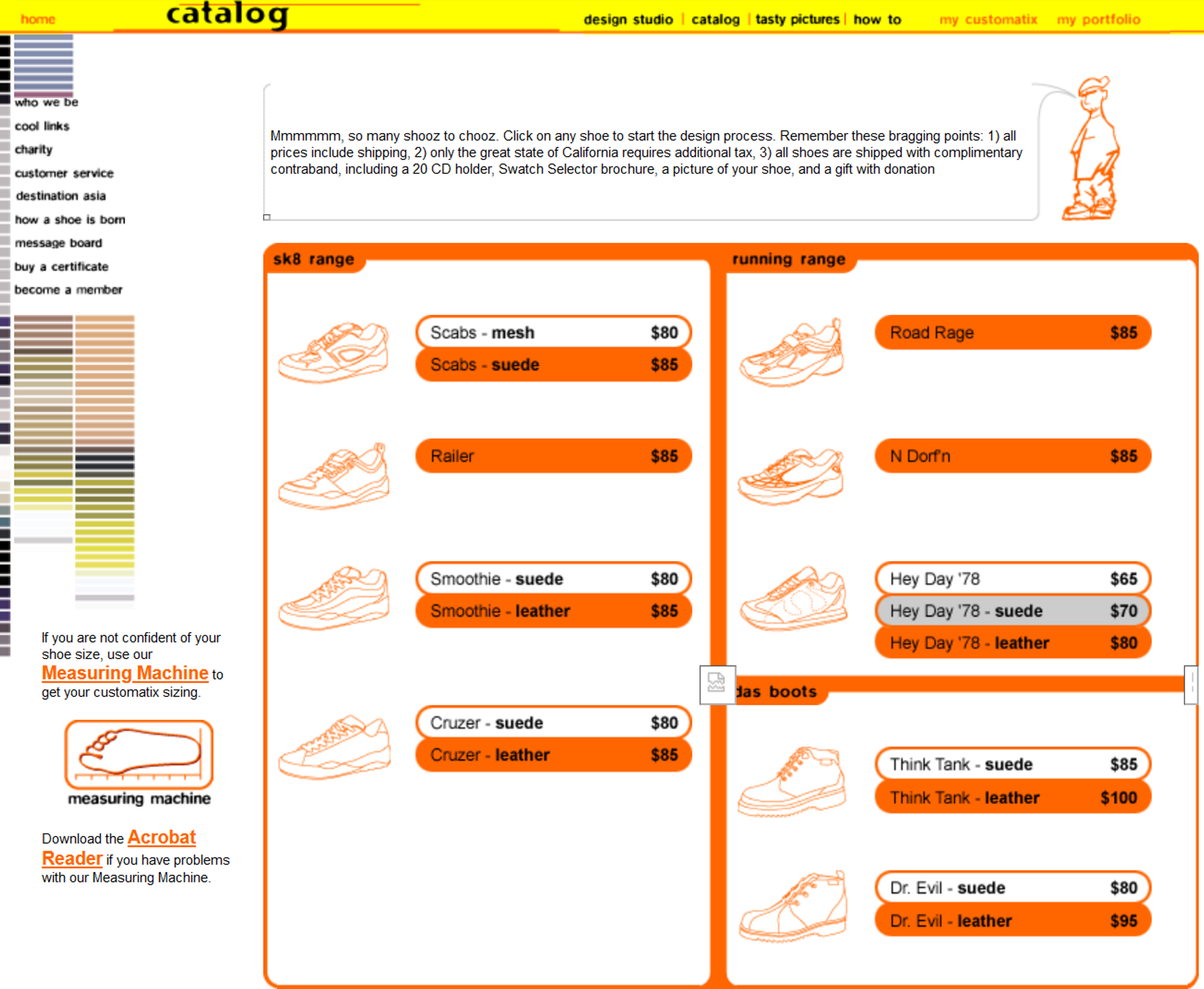07 Dec 2022
History of Product Configurators: A Fairytale
Once upon a time, mass production ruled the commerce kingdom. Assembly lines, standardized designs and interchangeable parts made it easy and efficient to scale an operation to accommodate growing demand. Today, however, the people want something different.
It’s all about the individual now, and the more that a brand is able to cater to the individual with customized offerings, the more appealing they will be in the marketplace. Enter: the configurator.
Like technology, computers, and the internet itself, configurators have ‘grown up’ over the past few decades. Comparing the earliest iterations with modern ones would be like playing Space Invaders on an Atari versus Minecraft on a PlayStation 5. With that in mind, let’s take a brief look back through the history of configurators and their fascinating evolution.
It really starts with Configure, Price, Quote (CPQ) software that was first developed in the 1980s. The purpose of CPQ was to help sales reps come up with quick and accurate quotes based on consumer specifications. It provided an easy way to select all the variables and, because pricing was centralized, they could give the customer a quote on demand. At the time, of course, there was no visualization component other than what might have been in a catalog or brochure.

From there, configurators evolved into websites with flash – no mobile, thank you very much - and either 2D or REALLY cheap 3D. So, we’re starting to get visuals now. Maybe not the fanciest or high def, but we can change a color, swap out a logo, add some upgrades, and voila - see how it looks. Pretty cool! The fashion industry was actually an early adopter – consider Nike in the early 2000’s with a platform that anyone could access to customize their shoes and see them in 2D.
Then along comes the almighty app as a configurator. Apps have changed the way the entire world shops, plays, consumes information, and makes decisions. A simple Google search of “product configurator apps” yields plenty of options, from the aforementioned CPQ’s (now all grown up and very mature) to interior design and product customization apps.
And as websites have become so much more dynamic, we moved from 2D visualization to 3D (HTML5) configurators. We can now not only choose our design options and specifications, we can see a 3D model from every angle, turn it front to back. No need to use our imagination because we can see it right before our very eyes.
We’ve come so far with product configurators, but is that it? Is this all there is? Have we at last reached the final frontier? At Flowetry, we say no. For starters, virtual reality is coming to product configuration. A fully immersive experience using AR headsets to demonstrate a custom product design in its totality is already out there, though with limited availability and usage at the moment. Look for this to become more common as time goes on and probably, someday, even expected by consumers.
And we’re doing our part to help every e-commerce shop bring customization to their customers with our proprietary no-code 3D product configurators. You no longer need a rocket scientist or pricey Oracle consultant on staff to create a personalized experience at your shopping site. Stylish, intuitive, and fast, Flowetry is on a mission to make configurators more accessible and seamless than ever before.
We’re excited to be a part of the history of configurators and hope to be the ‘happily ever after’ of them too. To get in on the ground floor at Flowetry, register your email here today and get your flow flowing.